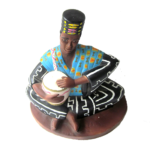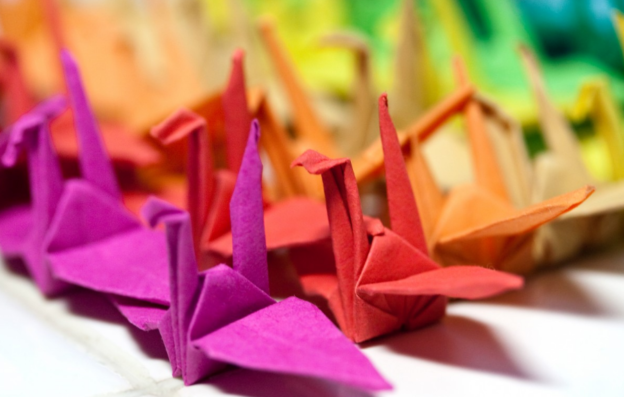It’s a scientific fact that product photography is an extremely effective tool when it comes to influencing the thoughts, beliefs, feelings, and perceptions of the consumer.
If you would like to produce professional-quality photographs but don’t have the time to learn the technical elements or money to buy the expensive equipment or software, here are some tips and links to free resources to help you get started.
Before taking any pictures find out if the supply vendor you purchased your products from has downloadable pictures of their products, that you can use to sell their products on your website. It won’t hurt to ask, I have found that some vendors are more than happy to send you pictures of their products to sell, free of charge of course.

Product Photography Tips:
1.) A well-ironed white sheet can provide a good backdrop, use a photo editing program to adjust the color balance.
2.) A white poster board is inexpensive and flexible and also provides a perfect backdrop. Curve it up and prop it against a wall when you need a seamless surface below and behind an object, or lay it flat on a table when shooting a product from above.
3.) If you use a digital camera or a smartphone such as Android, iPhone, Tablet, iPad or consumer digital camera, make sure that the digital photographs are saved in a readable format such as a JPEG or PNG.
4) Use diffused light, and daylight if possible. Set up your shots outside on a bright but cloudy day, the clouds will scatter the sunlight, thereby eliminating harsh shadows. The same concept applies indoors. Under bright fixtures, try to diffuse the light in some way, for example by placing white fabric around your product (but outside of the shot). Using your white balance and ISO settings. will get the color as close to “real life” as you can, and produce the sharpest photo possible given your lighting environment.
5.) Make the most of your camera. Even inexpensive point-and-shoots have variable settings try not to use the flash unless you want undesirable bright spots or harsh shadows in your shot.
6.) Use your cameras macro mode for very small items it will help you capture even the smallest details, it is best to use a mini tripod when shooting in macro mode.
Internet Resources:
- Free Digital Photography Course
- Image editing
- Photoshop Basics
- Brighten Your Product Photography With Bounced Light
- 3 Tricks For Styling A Product Shot
How to Make a Homemade Lightbox:
homemade-light-box-for-product-photography